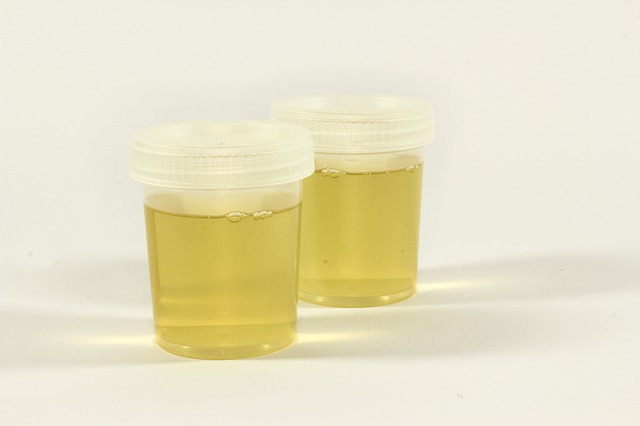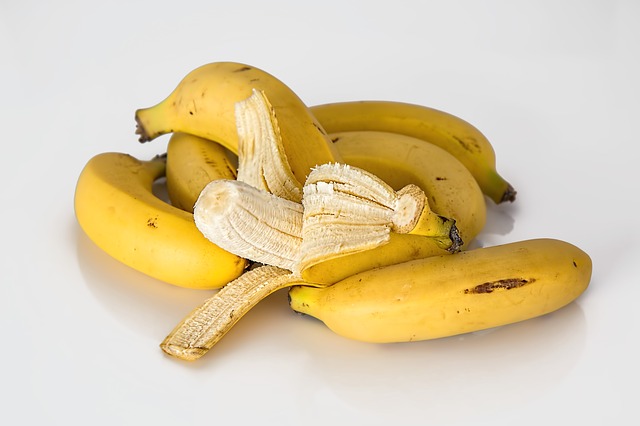
A beautiful garden helps to improve the overall look and feel of any home, and the lawn is just as important. There’s no point in having beautiful blooming flowers if the grass is unkempt, overgrown, or dead.
Sometimes, you might find that your lawn needs work, but this can be difficult once the grass has begun to grow. Problems with your soil could include depletion of nutrients, bare spots, compacted soil, uneven patches, or low spots. All of this results in your lawn, quite simply, not looking as good as it could. As you head into summer, with BBQs and summer parties right around the corner, it’s important for your lawn to be looking its best.
If you think your lawn could do with some work, there is a solution! Top dressing is a commonly used solution to fix this problem when the grass has already grown. Read on to find out more about top dressing your lawn and if it’s right for you.
Why Is Top Dressing Useful?
Using top soil dressing works over time, gradually improving your soil. There are many benefits to using top dressing, which includes:
- Improving drainage
- Improving drought-resistance
- Helping to even out the terrain
- Helping to make your lawn into low-maintenance
- Improving the health of your lawn
- Reducing the need for supplemental fertilizers
- Increasing nutrient retention
- Increasing disease and pest resistance
Top soil is usually made from organic material that is high in nutrients. This can include amounts of clay, sand and silt.
When Should You Do It?
First off, there are only two reasons why you would need to top dress your soil. Firstly, this is if your lawn is uneven or there are indentations on the surface, and secondly, if you are looking to add nutrients to the soil as part of a lawn care regime.
If you are not doing either of these two things, top dressing isn’t required. If done incorrectly or when not required, it could, in fact, damage your lawn. There are two ways to top dress your lawn. You can either do small patches are you find them, or do it all at once.
However, regardless of how you choose to do it, you want to do this during the growing season, and the earlier the better. You want to be doing it when you’re most frequently mowing your lawn (when you mow about once a week). Do not top dress when the lawn is in its dormant phase, or you run the risk of damaging or killing the lawn completely.
You should avoid top dressing if rain is forecast, as this can make the dressing difficult to deal with. It is also recommended that a week or two prior to top dressing your lawn that you apply fertilizer to your lawn. This will help to assist with the lawn’s growth and help the turf to push through the top dressing quicker and easier.
Also, remember to water your lawn once you have finished applying the top dressing. This will help to give the lawn a boost. Make sure to continue to regularly water in the coming weeks as well.
How Often Should You Do It?
You’ll only really be top dressing when you see a problem, so it doesn’t need to become something you do every year. It is usually done to correct poor preparation and a lack of soil underneath the grass or to help fill in low spots or uneven patches.
If you find you have trouble spots that keep reoccurring, these might need repeat applications. Make sure to not go overboard; you’re adding soil, so this can raise your grade and affect soil ecology.
There was once a myth that top dressing should be done every Spring, however, if your lawn has no problems you won’t have to do so at all. If you decide that you want to improve the surface of your lawn or add nutrients, you’ll want to be sure to follow the advice above for the best results possible!
Start Shopping for Lawn Care Supplies!
The Best Places To Find Free Composting Materials
Many people are interested in composting but feel like they don’t have access to enough organic materials. Luckily there are a range of places you can find free composting materials to get started or make your current pile bigger. Here are some of the best and easiest...
4 Steps to Get Your Garden Ready for Spring
After being cooped up all winter, you may be dreaming about harvesting from a lush summer garden. But before you get there, there’s a lot of work to be done to get the garden ready. Spring garden prep can be intimidating, especially if your garden beds have been left...
What Not To Compost
Composting has many excellent benefits. It allows you to recycle organic material which can then be used to help to enhance your soil. And of course, it’s an environmentally friendly way to reduce trash. But before you get started you’ll need to know what not to...
How To Build A Vegetable Garden That Is Both Tasty And Attractive
A healthy vegetable garden can provide you with hours of stress-busting, mental health-boosting fun and give you and your family healthy, organic produce to eat for months. If you have even a few square feet of yard space, planting a vegetable garden is easy and...
Using Eggs Shells In The Compost
There are many food scraps that people use in their compost. However, there is one that is often overlooked. Using egg shells in compost is not just a great way to help reduce waste but also boosts the nutrient content of the soil you are creating for your plants....
Using Egg Shells In The Garden
Once you learn how you can use egg shells in the garden you won’t just think about eggs solely as food. Their shells are a free way to add to the health of your soil and plants, but they also have quite a few other helpful benefits as well. Here are the best ways to...
Using Orange Peels In The Garden
Oranges are a healthy snack and ingredient but you’re most likely wasting one of the most beneficial parts, the peel. While we can’t eat them, using orange peels in the garden has many surprising advantages. Here are the top ways you can put your peels to work....
Can You Compost Orange Peels?
If you’ve ever wondered, "can you compost orange peels?" the answer is yes. Although there are a few things you should know when doing so. So here’s your fast guide! Composting Basics When composting, you’ll need to include a mix of both carbon and nitrogen-rich...
Using Urine As Fertilizer
While urine is waste, it also contains nutrients that our bodies can’t use. But your garden can! Using urine as fertilizer is free and as organic as it gets! Here’s what you’ll need to know when thinking about using it. There have actually been multiple studies that...
The Urine-Compost Connection
Composting is all about re-using organic materials. And like the majority of us, you probably have been flushing away one of the most natural ways of all to condition your compost. By adding urine compost can be given a huge boost and that is passed on to whatever...
Using Banana Peels In Compost
Can you put banana peels in compost? You bet you can! While bananas offer us some extremely important nutritional benefits that help us to stay healthy, their peels can be used to add to the health of your compost pile as well. Bananas are one of the most popular...
Using Banana Peels In The Garden
Bananas are both delicious and healthy. And you may have wondered after finishing your morning shake or afternoon snack whether those peels you’ve been throwing away for years could be used for other things. What can you do with banana peels? It turns out quite a lot,...
Common Gardening Injuries And How to Avoid Them
While gardening isn’t necessarily the most dangerous pastime one can think of, injuries do occur. Recent data suggests that in the US alone, over 300,000 gardening injuries occur annually. So whether you are a seasoned gardener or are just beginning, it’s important to...
Just Moved? How To Safely Transport Your Plants Into Your New Garden
It can take years of planting and care to create a magnificent garden. That’s why the prospect of relocating or moving houses can induce anxiety in gardeners. Whether you plant ornamentals, or if you grow your own vegetables, having to start over can be a daunting...
Filling Those Window Boxes: Flower Species That Thrive With Container Gardening
Those traditional window boxes overflowing with flowers may remind you of summer cottages or childhood dreams. This particular feature is one that you want at your home all year-round. Container gardening for window boxes takes a certain flair for picking out the...
Why You’ll Want To Revamp Your Garden with Artificial Grass
Installing an artificial lawn is an easy and attractive way to improve and revamp your garden. This is because an artificial lawn is like a real lawn, only much better! Artificial grass has been developed to such a high-quality standard that it looks and feels as...
The Best Grass Types For Creating A Drought Tolerant Lawn
Many of us live in dry and arid places. There are many locations around the world that unfortunately for your lawn don’t get much rain throughout the year. For people who live in these places, a green, healthy-looking lawn can seem impossible to have and maintain....
Garden Drainage: How to Avoid a Waterlogged Garden & Patio
Many locations around the world get a lot of rain. With an average of 33 inches of rain per year, this is especially true in the U.K. where it is rare for a day to pass that it is not raining somewhere. Regardless of where you live this can lead to problems with...
Easy Lawn Care? Experts Say It’s Possible With These Tips!
There's no way around it: If you want a lush lawn, you have to work for it. That entails putting in a lot of time, effort, and yes, money. And even if you are hiring experts in lawn care, you will still need to shoulder some of the responsibilities involved. That does...
Water-Wise Landscaping: Avoid Cultivating These Types Of Plants
Water is one of the primary needs of all plants. They need to receive the right amount of hydration to grow and thrive properly. You can ensure your plants get the hydration they need by watering them regularly using a garden hose or watering can, or by having a...





















